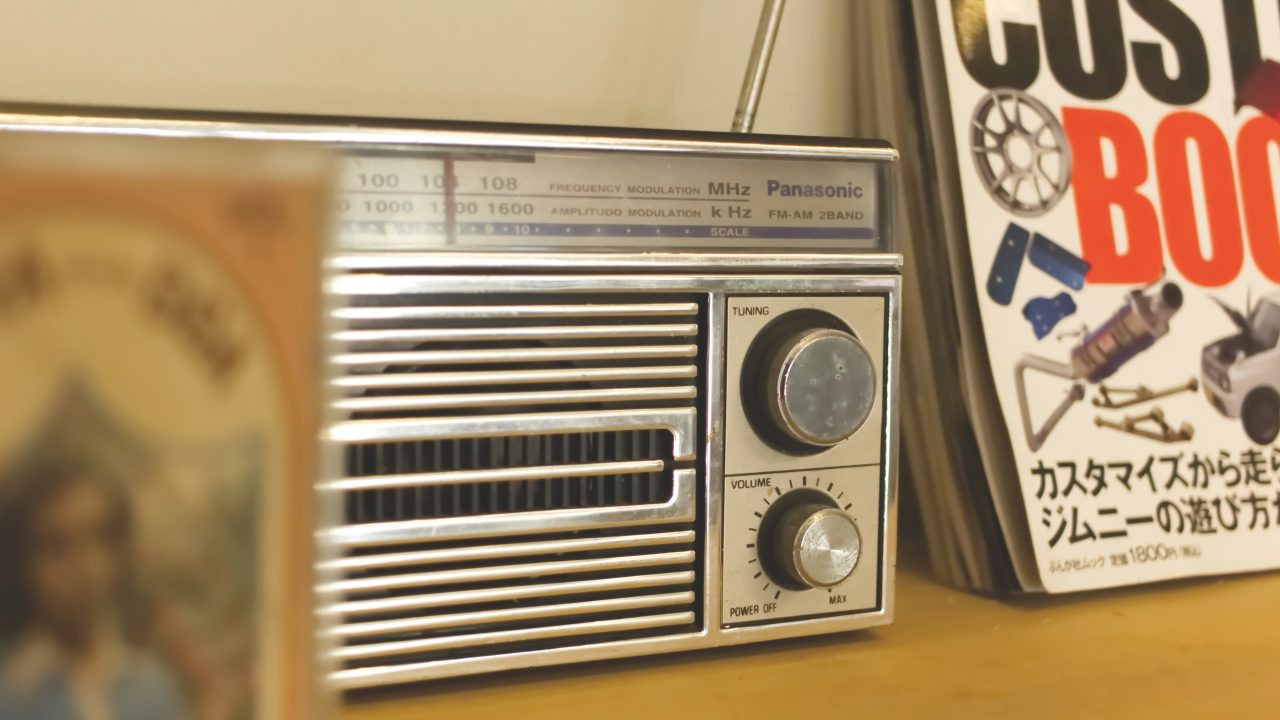What I will tell you here is not yet a complete answer, but a roadmap to the answer that will work for you. Finding desire is an easy task, but finding true desire can require more fine-tuning and listening skills.
Excitment seeking struggles
I have personally struggled with desires because I get excited easily by every new thing. My brain loves novelty, especially in sports and when learning new subjects. So when I am asked what my biggest dream is, my mind sounds like a hundred different people whispering about what could be my dream.
Now, some people don’t have that problem. They can seem very clear and solid about their answer. If you have that clarity, then you probably don’t need to read this. I am speaking to those who, like me, have constant attraction sirens in their heads and have trouble finding the right one.
My solution
I went to coaches, journaled, took leaps of faith with some desires, lost, struggled, until it became clear that a true desire is like a hidden radio station. It broadcasts very near other stations, and the strength of the sound can change with time and experience. Your task is to separate the signal from the noise, but also to ask (constantly) where each sound is coming from. I will explain how it works by analogy with an old-school radio.

Old radio tuning
In the 1990s, radios were still manually tuned using a very delicate analog knob. Nowadays, you tune in digitally by choosing a specific frequency, like 108.2. But back then, you had only a tuning knob and a marker sliding among these frequency numbers. You could be at 108.234. The difference is small, but I’m describing this because listening for desires is similar to this analog process. To get to the right station, you didn’t look for an exact number like we do with modern digital radios. If you knew where your favorite station was, you started in that region—say between 107 and 109—and then slowly transitioned from one end to the other until you could hear the station’s signal as clearly as possible. That sometimes took a while, since static noise was always interfering. You would also need to adjust the antenna, which parallels the active work in finding your true desire. You’d hear noise, pieces of music, maybe a host or an ad. When you heard the host, you’d slow down and fine-tune the needle to a spot where the voice was as clear as possible.
The station’s number didn’t matter; the actual sound did. Some radios had broken needles, so you couldn’t tell what frequency you were on. You had to listen carefully until you heard the station you wanted, with as little noise as possible.
Here is how it sounded!
This analog process is required for finding true desires. This is exactly what I used when I sat down at 6 a.m. on a Saturday to write this article. There was no doubt I wanted to write this, and I felt fulfilled placing every single word onto this page.
So how to tune your radio voices?
- Think of desires (wants) as separate voices. They don’t belong to you; you are a listener. Just like radio stations, you search for what you hear.
- Experience what changes in you when a specific desire comes to mind. You tune in to a phrase. Now simply experience how you feel. Don’t describe it in words.
- Ask yourself: “Does this desire make me feel like I need to stand up and act on it right now?”
If the answer is yes, then you’ve found a true desire. It can be that simple, and this is the simplest form of recognizing a true desire: it compels you to do something about it. Next, you follow each action you take, tune in to how it makes you feel upon completing it, and continue to do so until it no longer resonates.
Is this it?
Not exactly. There is more to it, but I won’t elaborate fully here.
Briefly, not all desires that make you jump into action are equal, and not all are true. As I said, desires do not belong to you. Sometimes, you are listening to someone else’s radio: your mom’s, friends’, colleagues’, a book, a movie, or society. Those broadcasts can also propel you to act. They are still desires, but how do you know they’re true? Indeed, I tricked you earlier by saying if you feel ready to go, then it’s a true desire. That’s not entirely correct. You need to repeat your actions and confirm them with consistency. One-offs and mistakes exist, and that’s okay. I’ll discuss that process further in another article.
Manage instant vs delayed rewards
By design, our brains are geared to do things that yield instant rewards. We tend to do things that have a clear immediate reward. Delayed rewards are harder to evaluate. Yet, you almost always do what you want, unless someone forces you. The other option is that you do what you need, as you prioritize your wants. For example, if you need to pay the bills, you’ll take a job you might not want.
What does your inner radio sound like?
We can discuss all about it with a Free discovery call (Green button).
Tim Urban’s article on finding your career path exemplifies this exercise Link
#finding passion #personal growth #reflectivepractice #selfawareness #personaldevelopment #careerpath

